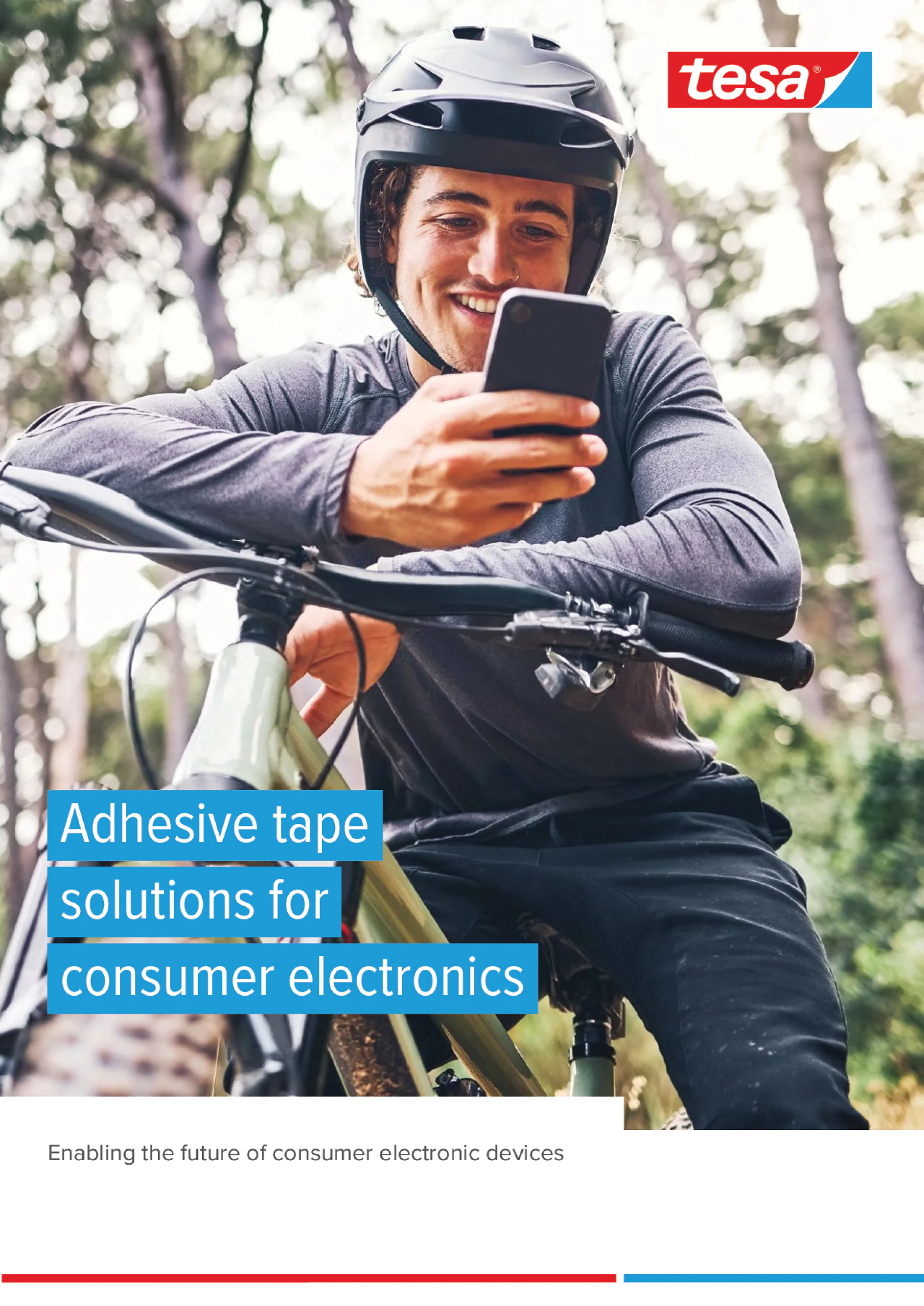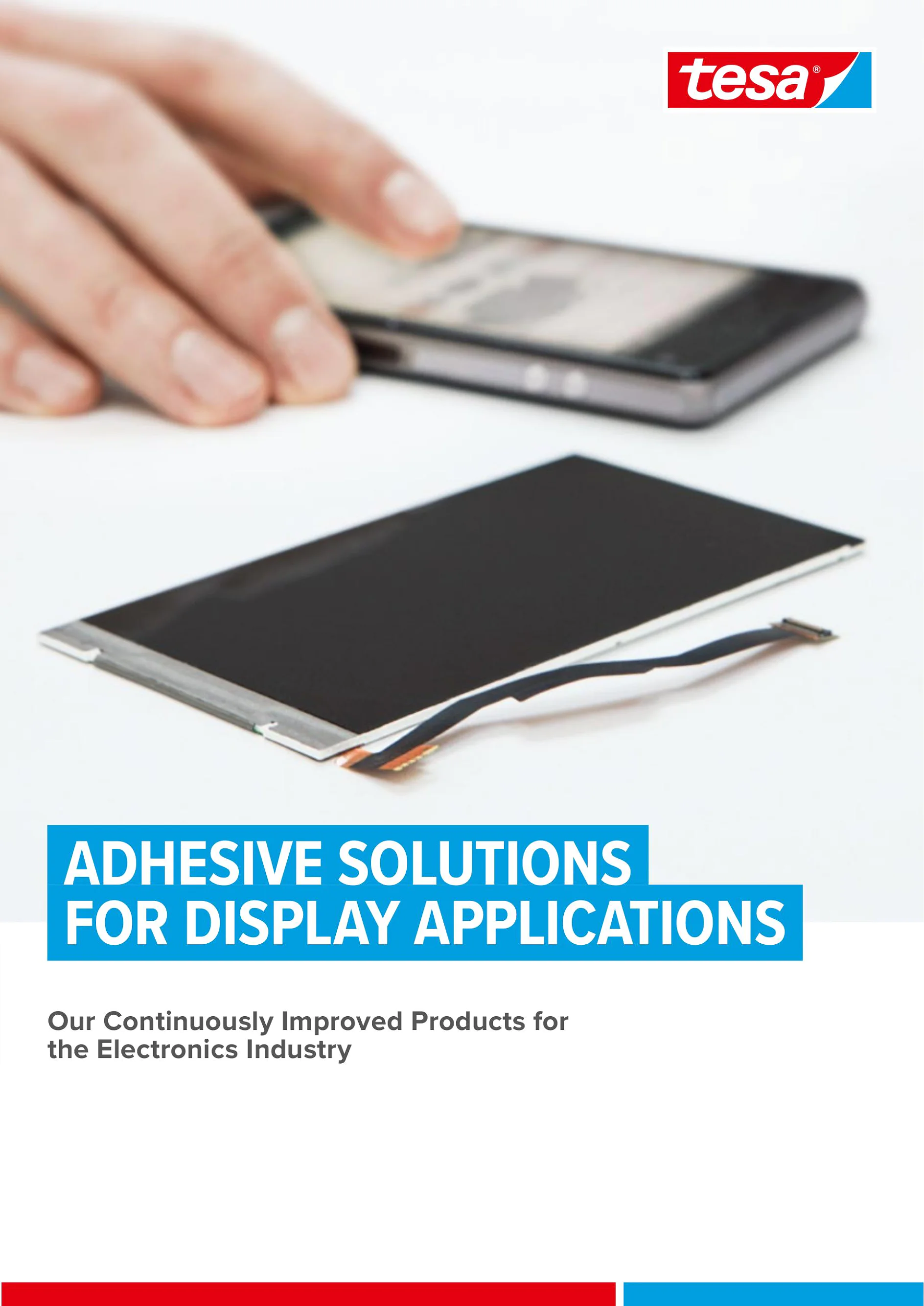A great future is predicted for foldable smartphones. Huawei and Samsung, two of the largest smartphone manufacturers, are launching foldable devices onto the market. The concepts of the foldables still differ, and it is not clear which technology will prevail on the market. Manufacturers face particular challenges in the development, design and production of foldable smartphones.

Foldable smartphones – A status quo
Markets
A great future is predicted for foldable smartphones. What is the current status?
The display size of classic smartphones has reached its maximum
Displays of classic smartphones have grown continuously over the last few years. Meanwhile, the display size seems to have reached its maximum, as the enormous dimensions make the devices unwieldy. There is hardly room for them in pants or shirt pockets anymore. Folding technology would appear to be a solution to this dilemma. It allows displays similar in size to tablets. However, when folded, the smartphones are not much larger than today's models. According to studies, more than 30% of consumers can already imagine buying a foldable smartphone in future. According to these studies, users see the following advantages:
- less space required - handier devices
- larger display
- more power than traditional smartphones
- ideal as a status symbol
Experts therefore predict huge market potential for foldables.
Currently available foldable models
In the fall of 2018, Royole introduced the world's first foldable smartphone. However, it is only available in China.
Following initial difficulties and delays, Samsung and Huawei will launch real foldables on the global market in the fall of 2019. Samsung is launching the Galaxy Fold. Huawei is offering the Mate X. The design and technical concepts of the two devices differ significantly in part. What both models have in common is the relatively high price.
The different technical concepts of the foldables
The technical concepts of the Samsung Galaxy Fold and the Huawei Mate X differ significantly. While the Galaxy Fold folds open into a large inner display, the Mate X folds outwards. The functional concept of the Galaxy Fold requires two displays. An outside display for use when folded and a large foldable display inside for use when unfolded. With this concept, there is a clear gap between the two folded halves, as the foldable display must not be bent too much.
The Mate X features a single large foldable display on the outside. Although the device can be folded shut without a large gap, the entire display always remains unprotected on both outer sides when folded. It remains to be seen which technology will prevail in the long run.
Particular challenges for manufacturers of foldable smartphones
Technical problems with the first prototypes and multiple postponements of the official market launches of the foldables make it clear that folding technology presents manufacturers with particular challenges. A number of problems have to be overcome during the development, design and production of the devices, in order to make the foldables suitable for the mass market. The biggest challenge is to develop a foldable display that has a smooth surface when unfolded and is not damaged even when folded thousands of times. The films over the OLED display must be tough and the bonding must be durable. In particular, the Mate X's display, which folds outwards, must be very resistant to all mechanical influences.
Another challenge is the mechanics of the folding mechanism. It must work precisely, be robust and must not have any openings through which dirt or liquids can penetrate into the interior of the smartphones. Seals on the mechanism must fit exactly, be durably bonded or glued to the case, and must enable flexible movement.
In addition to the hardware-specific challenges, there are special requirements for the software of the devices. The mobile operating system and smartphone apps must be able to support use of the device both when folded and unfolded and rapid switching between the two states. The software should ensure an intelligent and seamless transition from the small to the large display. The latest version of the Android operating system (Android 10) supports foldable devices. The providers of the countless smartphone apps will also have to adapt their applications to support foldables.
What developments are to be expected?
Foldables are the first major innovation in the smartphone market in many years. Besides Samsung and Huawei, almost all major manufacturers are developing folding technology and are closely following the successes or problems of their competitors. For example, Google is working on pixel smartphones with foldable displays. However, a concrete model has not yet been announced. Recent patent applications from Apple also suggest that intensive work is being done on a foldable iPhone. Manufacturers like Royole, Lenovo, Oppo, Microsoft and Xiaomi are also very active in this sector. For example, Microsoft has announced the Surface Duo for 2020. This smartphone consists of two displays that unfold to form a large display (albeit with a visible gap).
Although there are still some technical challenges to overcome, and foldables are currently a niche product, it is foreseeable that they will make their way onto the mainstream market. At least they already make great status symbols. To ensure their further success, prices will have to fall and hardware or software problems will have to be eliminated. However, foldable smartphones will not mark an end to development activities. For example, Samsung has filed patents for rollable mobile phone displays. Using this technology, it would be possible to develop smartphones with displays that can simply be pulled out of the housing when required. This would enable immense space savings and even smaller devices with large displays. So it remains to be seen what the typical smartphone will look like in five to ten years' time.

